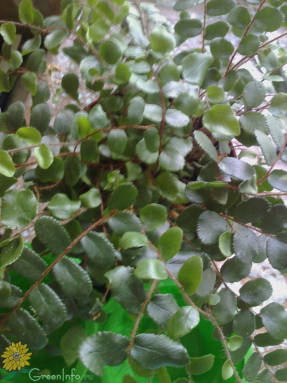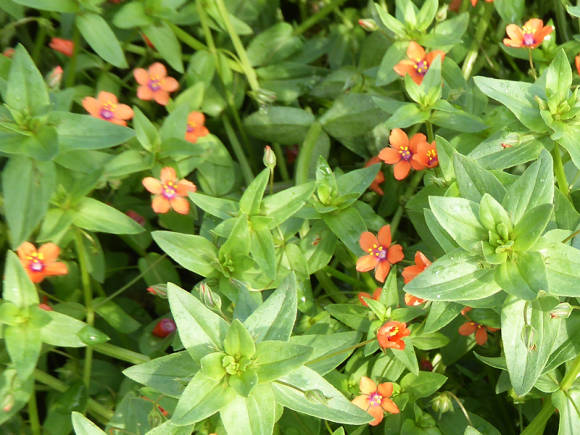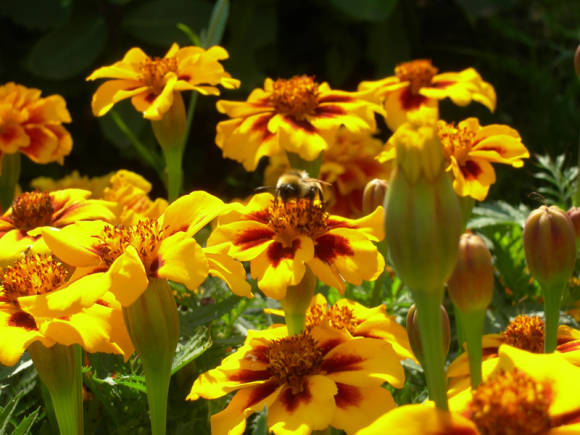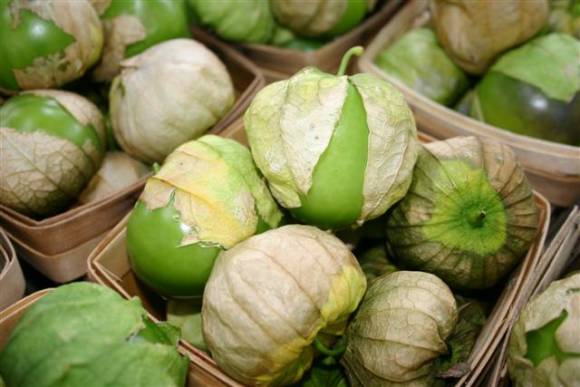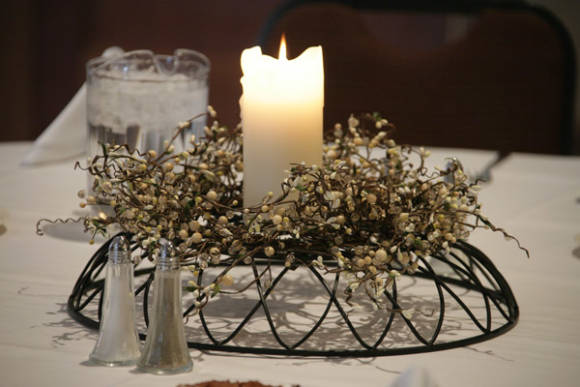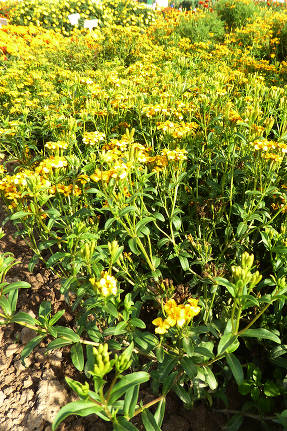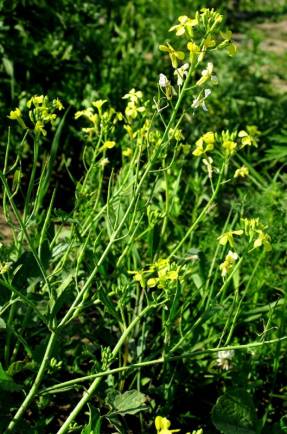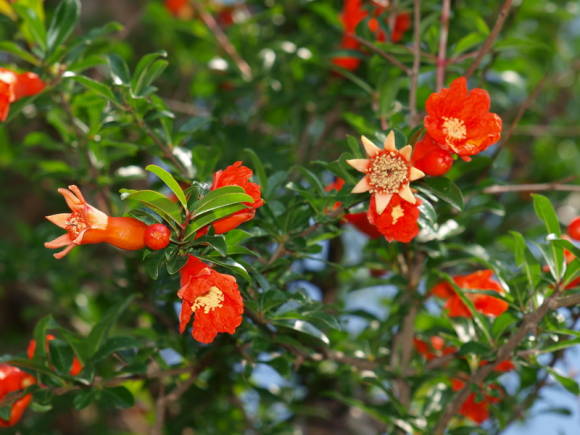 |
Representatives of the bromelet family are so diverse in appearance that sometimes it is hard to believe that they are close relatives. Take, for example, pineapple with its delicious fruit, ehmeya with a beautiful inflorescence, or Usneiform Tillandsia, which forms thickets in the form of a long beard on trees.
Quite unpretentious, not requiring the creation of special conditions for long-term flowering, favorite plants of phytodesigners, bromeliads are often used to decorate special events, exhibition stands. They are attracted by their inflorescences and bright leaves, which are able to maintain decorativeness for several months. Compositions of bromeliads, ferns and orchids are very unusual.
To understand what conditions are needed for the successful cultivation of bromeliads, it is useful to familiarize yourself with their growth in their natural habitat, because there are no domestic plants, but there are plants that we took from the wild and are trying to grow them.
Various natural adaptations developed in the course of evolution force them to be taken into account when caring for bromeliads. But most home-grown species require roughly the same care.
The most commonly cultivated are:
 |  |
- Large-crested pineapple - compact varieties of edible pineapple and bracts pineapple - with decorative, but inedible, fruits and variegated striped leaves.
- Bilbergia drooping with a loose spike-shaped inflorescence.
- Vriezia brilliant and Vriezia keeled with flat or branched spike-shaped dense inflorescences.
- Guzmania reed and single-spiked guzmania, as well as hybrid forms with bright rosette inflorescences of different shades at the top of the shoot.
- Criptanthus species and hybrid, cultivated for the beautiful color of the leaves, collected in a root rosette that resembles a starfish.
- Neoregelia of Carolina, which stains the upper leaves red before flowering. Variegated varieties are especially beautiful.
- Innocent's nidularium is a plant that outwardly resembles neorehelia.
- Tillandsia is blue with a beautiful pink-purple flat inflorescence and blue flowers that emerge from the sinuses in turn and do not last long.
- Ehmeya is striped with beautiful striated wide gray leaves and a pale pink inflorescence, on which small brightly colored flowers open.
- Ehmeya Blue Rhine with unusual blue spike-shaped inflorescences, hybrid origin.
All of these species, with the exception of pineapple, which is a terrestrial plant, lead an epiphytic lifestyle in warm and humid tropical forests, often settling in tree crevices, where decayed leaves accumulate. The root system of such plants is not very developed, there are nourishing and fixing roots. Part of the nutrition and moisture of the plant is adapted to receive from atmospheric precipitation, rain and fog.
Growing epiphytic bromeliads
 |
All these plants are characterized by a gradual dying off after flowering, which can last for several years. They are used mainly as a long-lived bouquet and after flowering and loss of bright color of the leaves, they are usually thrown away. Although, if the necessary conditions are created, the mother plant will be able to give daughter rosettes, and after a few years they will be able to bloom.
When buying a plant pay attention to the condition of the leaves, the tips should not be brown and dry. Often the tips of the leaves or their bases, the underside may not be painted in green, but in shades of red or purple - this is the norm, such plants can be bought. Be sure to inspect the plant, mealybug is a frequent parasite.If you find it, refrain from buying. Bromeliads are bought mainly in the cold season, so be sure to take care of warm transportation home, the plant should not be exposed to cold air for a second.
Transfer... Plants do not need to be transplanted after purchase, the root system is not very developed, there is enough space and the soil is selected of the desired quality. A transplant will be required after the appearance of daughter plants, which can be planted one at a time, or you can remove the dead mother plant from the center and transfer everything together into a wide bowl - you will immediately get a composition.
Priming... These plants require very light and loose soil. There are special substrates for bromeliads on the market, but you can prepare them by mixing in equal proportions orchid substrate and universal high-peat soil.
Lighting bright, diffused, a small hit of oblique sunlight is permissible. In winter, fluorescent lighting is required to create a 12-hour daylight hours.
Temperature... It is advisable to maintain a warm room temperature all year round, always with additional lighting in winter. If there is not enough light in winter, then it is necessary to lower the temperature of the content to + 15 + 17 ° C so that the plant does not deplete.
Humidity air should be high, spray the plant often, place in a composition or on a tray with damp pebbles. At temperatures below + 18 ° C, cancel spraying to avoid rotting of the plant.
 |
Watering very important for these plants. You can often find information that it is necessary to water into the sockets. Many bromeliads are indeed adapted to collect atmospheric moisture with their leafy rosettes. But in nature, water is of a completely different quality, and in these reservoirs, as in aquariums, many microorganisms live, which are in a certain biological balance. At home, there is no such balance, so usually watering into an outlet ends with rotting of the plant. It should be watered exclusively in the ground, regularly and in moderation, not leading to waterlogging. The topsoil should dry out a little between waterings. Spray frequently, but do not let the water stagnate in the outlet.
Top dressing... Bromeliads do not require high doses of fertilizers; orchid fertilizers can be used for them. As leading an epiphytic lifestyle, they are adapted to receive nutrients through the leaves. Therefore, some of the fertilizers can be applied foliarly, by spraying the leaves with a weak solution of fertilizers.
Bloom... What is usually mistaken for a flower in bromeliads is the inflorescence or modified upper leaves. The flowers themselves are small and often inconspicuous, quickly fade. The inflorescence can retain its decorative effect for many months. After the end of flowering, the mother plant gradually dies off, giving birth to babies. With proper care, young plants can bloom in 1.5-2 years.
Reproduction at home, it occurs due to the growth of daughter plants in the axils of the lower leaves of the original specimen, which begins during flowering or immediately after it. There is no need to rush to separate the children, at the first stages of growth they feed on the mother plant, you should definitely wait for the daughter plants to grow their own roots. Usually this moment comes when the baby is almost the size of the mother plant. It is best to wait for the complete death of the original plant and then either separate the children one at a time, or leave everything together by removing the parent plant.
Pineapples can be renewed with the green top of the stem. It is carefully cut off, freed from the remnants of pulp and lower leaves, behind which sometimes the rudiments of future roots are already hiding.The crown is slightly dried, the lower part is sprinkled with charcoal and planted in loose sandy soil, supported by moderate watering.
Cultivation of atmospheric bromeliads
Another group of plants includes atmospheric bromeliads - tillandsia, leading a way of life independent of the soil, in nature they are tree dwellers. Such plants have small roots, but they serve only for fixing on supports, and the plants receive all their nutrition and water through the leaves. This lifestyle determines the conditions of detention.
A pot and soil for such plants is not required, they are fixed on blocks of bark (preferably conifers) or placed in baskets, on moss supports or snags. Fastening on supports is carried out using a wire, without pulling the plant together. Placed in bright, diffused light. Air humidity is maintained by frequent spraying from a fine spray, however, the plants should not be constantly damp, with hanging drops of water. By spraying, both watering and feeding of plants are carried out. Tillandsia do not tolerate the lack of ventilation. Therefore, keeping them in florariums and paludariums often leads to rotting. Otherwise, the conditions of detention are the same as for other bromeliads.
When buying a plant, carefully inspect the outlet. A healthy live plant should be green, the leaves are densely covered with silvery hairs on top, and when water gets on the living leaves, they must turn green. The rosette should be dense, without blackness, with young leaves in the center slightly lighter than the old ones. Tillandsias with developing peduncles are often sold, such plants have already completed their growth, but they will certainly give children with proper care.
Tillandsia violet-flowered(Tillandsia ionantha) grows in the form of a compact rosette of curved silvery leaves, on the eve of flowering, the upper leaves turn red, a small spike-shaped purple inflorescence appears between them. Tillandsia silver(Tillandsia argentea) has thin silvery leaves expanding towards the base, sticking out in different directions from the base. On sale meets tillandsia kaput jellyfish, go Medusa's head(Tillandsia caput-medusae), with thick twisted and covered with gray scales leaves up to 25 cm long and red linear inflorescences. This species underlies many hybrid atmospheric tillandsias. Tillandsia usneiform (Tillandsia usneoides), also leading a completely atmospheric lifestyle, is equipped with dense trichomes that absorb moisture and nutrients directly from the air. The plant resembles a thicket of moss that hangs from the branches of trees, for which it is often called the Spanish Moss. The plant has no roots, it consists of branched shoots, at the ends of which, with good care, small but very graceful yellow flowers bloom. When placed at home, this species does not even need blocks, it is hung in the form of bundles. Otherwise, the conditions of detention do not differ from other atmospheric tillandsias. Occasionally, you can completely immerse the plant in warm water for a few minutes. In summer, it is useful to take it out into the fresh air in a place protected from direct sun and rain.

